Understand
Cheduba (Manaung) Island, located in the Kyaukphyu District of Rakhine State, is a stunning destination known for its untouched beaches and diverse local population. Originally named Cheduba Island by the British in 1826, it is the second-largest island in Rakhine State, surrounded by the captivating Bay of Bengal in the West and Northwest. Nearby islands such as Ye Kyun and Tiak Kyun add to the natural beauty of this area. The local residents, including the Rakhine, Chin, Thet, and Dinet people, contribute to the cultural richness of the island. Standing at an elevation of 205 meters, Cheduba Island offers breathtaking views and a variety of outdoor activities. While some of the beaches have restrictions due to their powerful waves, there are still many beautiful and unspoiled stretches of coastline to explore. To navigate the island, the road connecting the five villages of Owa, Thitpon, Manaung, Budaunggwe, Sachet, and Meainmagwe serves as the main transportation route. The Ministry of Hotels and Tourism (Myanmar) collaborates with the State Government to promote new destinations and develop eco-tourism in this captivating location.
Map & Climate
Popular Foods
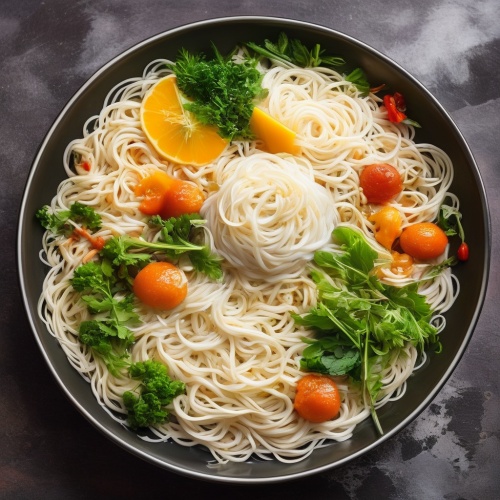 Mohinga is a popular Burmese soup that consists of fish broth, rice noodles, and a variety of aromatic herbs and spices. It often includes ingredients like fish sauce, banana tree stems, and lime juice, giving it a unique flavor profile. The soup is typically served hot and is a favorite among locals for breakfast.
Mohinga is a popular Burmese soup that consists of fish broth, rice noodles, and a variety of aromatic herbs and spices. It often includes ingredients like fish sauce, banana tree stems, and lime juice, giving it a unique flavor profile. The soup is typically served hot and is a favorite among locals for breakfast.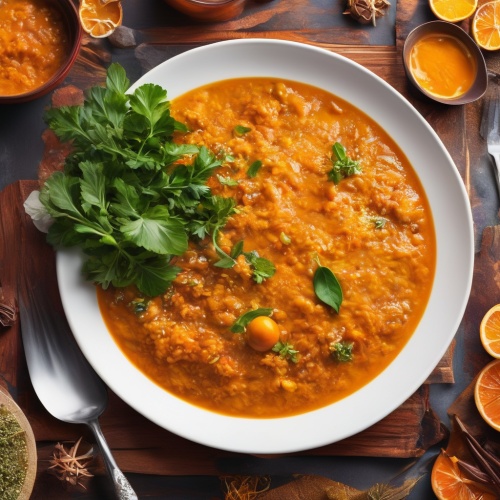 Khow Suey is a hearty Burmese curry dish made with chicken, potatoes, hard-boiled eggs, chickpeas,
Khow Suey is a hearty Burmese curry dish made with chicken, potatoes, hard-boiled eggs, chickpeas,  Samusa is a popular Burmese snack consisting of a savory filling wrapped in a crispy pastry shell. The fillings typically include seasoned mashed potatoes, peas, lentils, onions, or other vegetables, although some variants may also contain meat. The samusas are deep-fried until golden brown, creating a delicious, crunchy exterior that contrasts with the warm, flavorful contents inside. They are commonly sold as street food or as a appetizer at gatherings.
Samusa is a popular Burmese snack consisting of a savory filling wrapped in a crispy pastry shell. The fillings typically include seasoned mashed potatoes, peas, lentils, onions, or other vegetables, although some variants may also contain meat. The samusas are deep-fried until golden brown, creating a delicious, crunchy exterior that contrasts with the warm, flavorful contents inside. They are commonly sold as street food or as a appetizer at gatherings.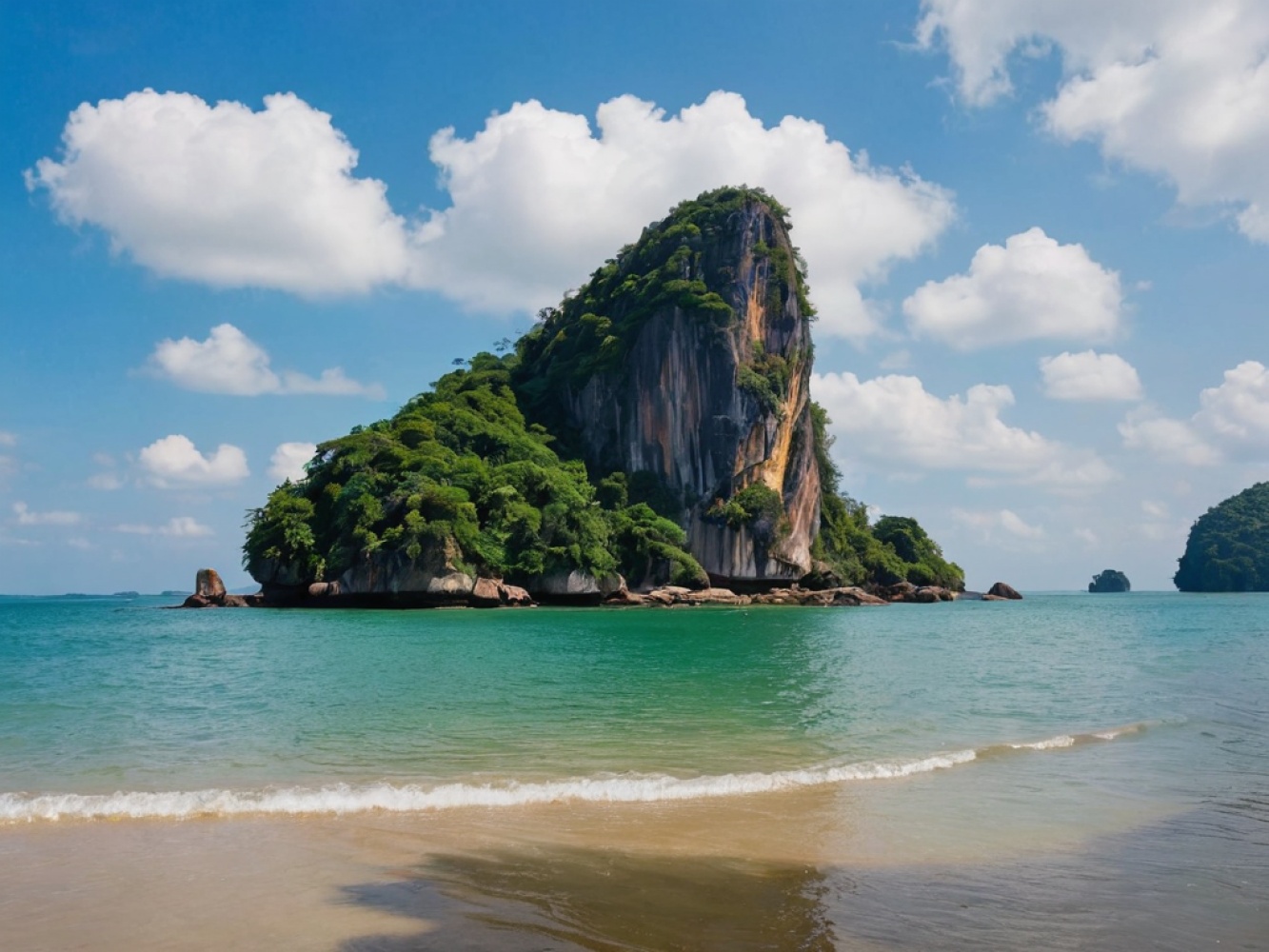
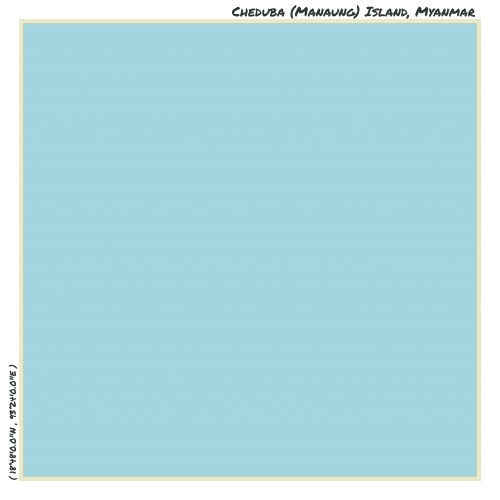
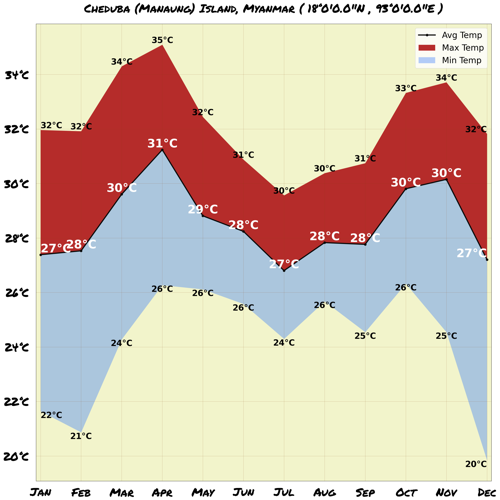
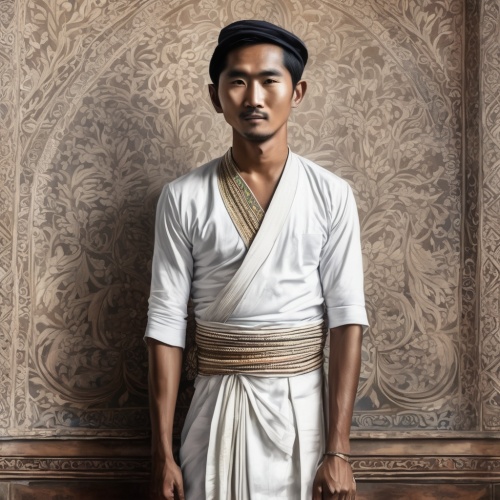
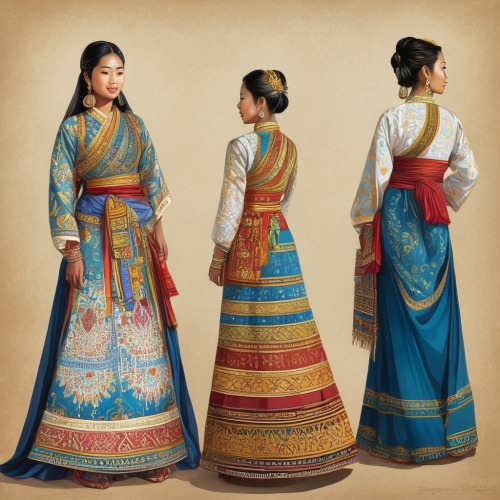
Comments
NO COMMENTS